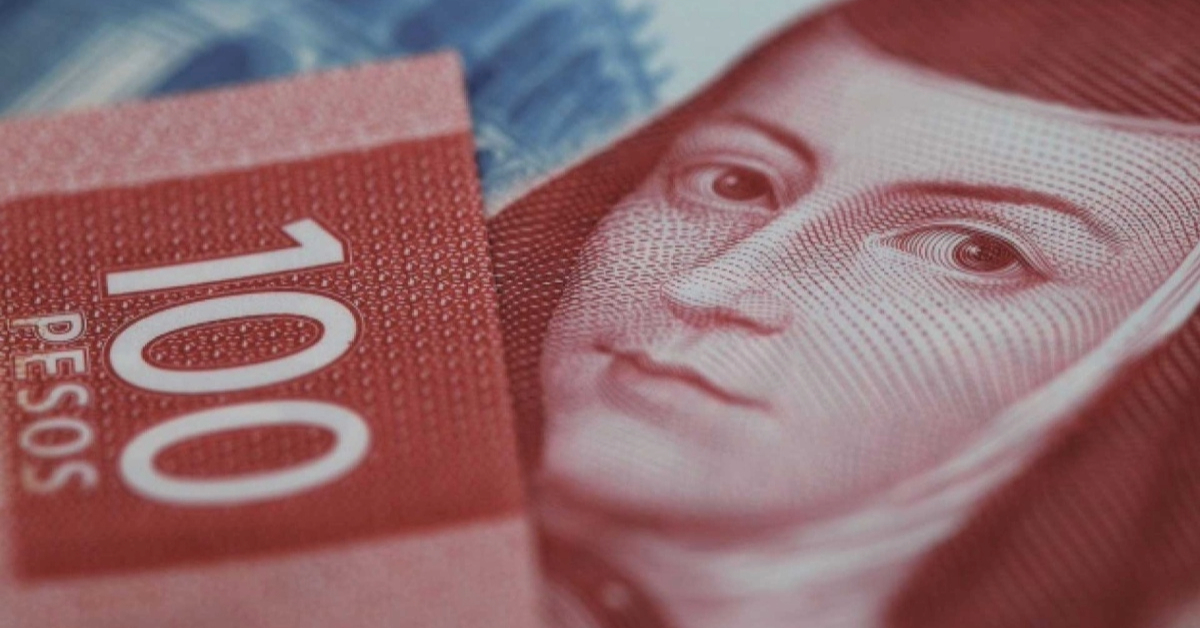The once-celebrated 'superpeso' era has come to an abrupt end, as the Mexican peso continues its downward spiral in the wake of external volatility and domestic uncertainty stemming from recent reforms introduced by President Andrés Manuel López Obrador (AMLO). The currency has d…







